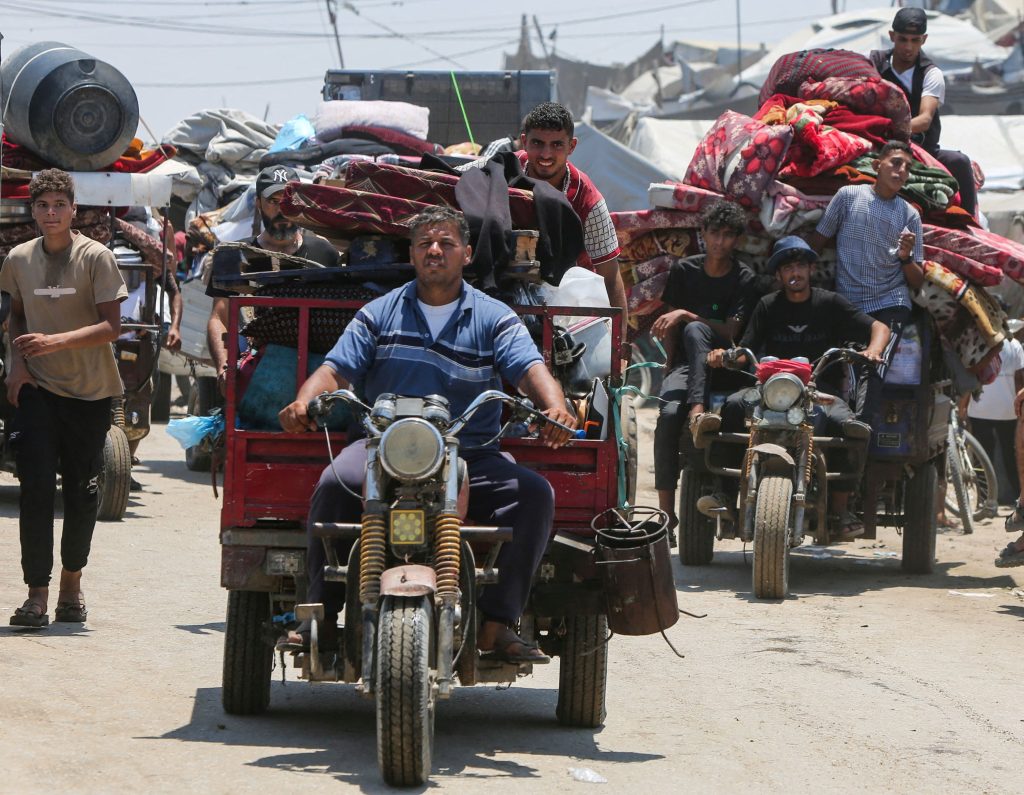Africa
Death toll in Kampala landslide rises to 34

In Uganda, the death toll from the collapse of a landfill in Kampala has risen to 34, with many residents and homes in the Kiteezi neighborhood buried under a massive pile of waste following heavy rains.
The landslide occurred on Saturday, August 9, and rescue efforts continue, though 35 people remain missing.
The collapse is believed to have been triggered by heavy rainfall.
The Kiteezi landfill is on a steep slope in an impoverished part of the city.
Women and children who scavenge plastic waste for income frequently gather there, and some homes have been built close to the landfill.
Kampala authorities for years have considered closing the site and commissioning a larger area outside the city as a waste disposal site.
It was not clear why the plan has failed to take off since 2016.
Ugandan President Yoweri Museveni ordered an investigation into the incident.
Landslide problems in Uganda
Landslides are a significant problem in Uganda, particularly in the mountainous regions. The country’s geography, climate, and human activities contribute to the likelihood of landslides. Here are some key factors:
1. Heavy rainfall: Uganda’s tropical climate means it experiences heavy rainfall, which can trigger landslides.
2. Steep terrain: Uganda’s mountainous regions, such as the Rwenzori Mountains, have steep slopes prone to landslides.
3. Deforestation: Widespread deforestation and land degradation increase the risk of landslides.
4. Poor urban planning: Rapid urbanization and poor planning lead to construction on unstable slopes, increasing landslide risk.
5. Soil erosion: Uganda’s soil is prone to erosion, making it susceptible to landslides.
6. Climate change: Climate change is altering rainfall patterns, leading to more frequent and intense landslides.
The effects of landslides in Uganda are severe:
1. Loss of life and property
2. Displacement of communities
3. Infrastructure damage (roads, bridges, buildings)
4. Environmental degradation
5. Economic impacts (agriculture, tourism, infrastructure)
To mitigate landslide risks, Uganda needs to:
1. Implement sustainable land-use practices
2. Enforce urban planning regulations
3. Conduct regular environmental impact assessments
4. Educate communities on landslide risks and prevention
5. Develop early warning systems and emergency response plans
Addressing landslide problems in Uganda requires a multi-faceted approach involving government, communities, and stakeholders.
For Diaspora Digital Media Updates click on Whatsapp, or Telegram. For eyewitness accounts/ reports/ articles, write to: citizenreports@diasporadigitalmedia.com. Follow us on X (Fomerly Twitter) or Facebook











